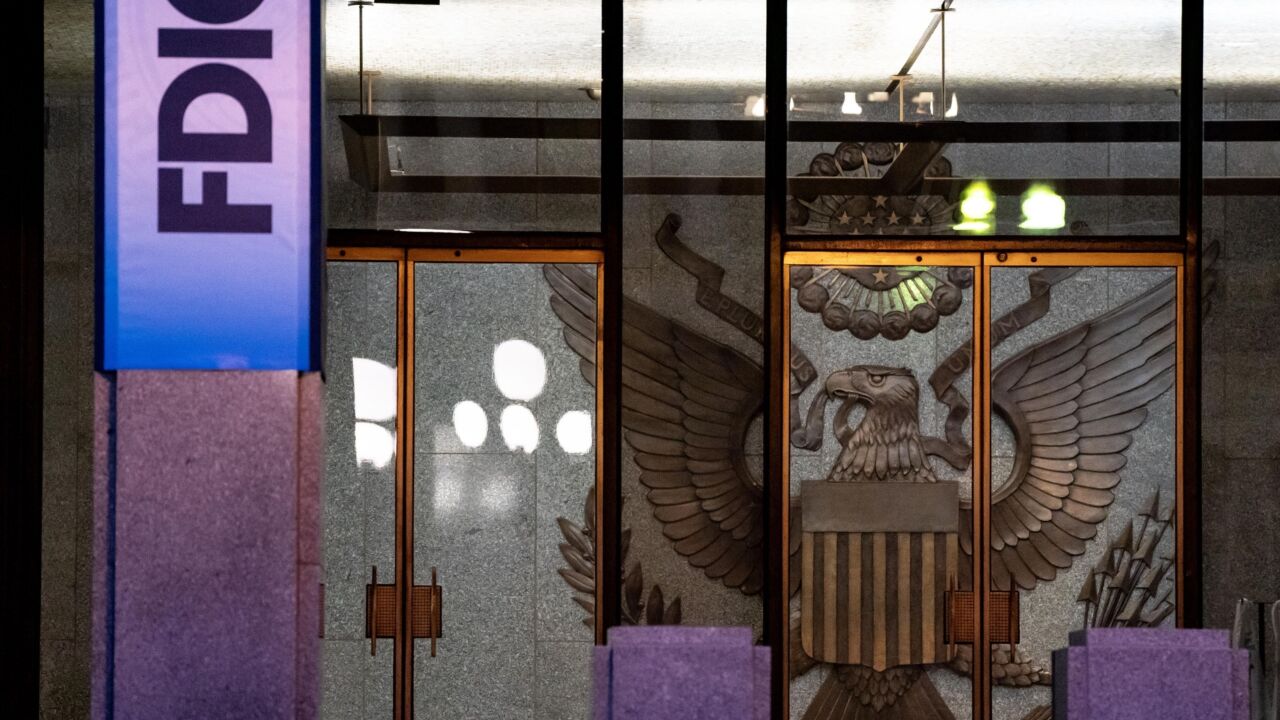While some smaller retailers are still fighting the uphill battle to become EMV compliant, the future of the retail and payments industry will no longer be obscured by the noise of the U.S. fraud liability shift.
But what can the industry expect to see in the next year? Well, it’s no secret that today’s consumers demand more personalized experiences in just about every aspect of their lives – especially when they are spending money. Therefore, it seems obvious that merchants will continue to invest heavily in improving their brand experiences, and this theme will underlie the operational goals of most merchants and payments solutions providers in the year ahead.
Here are a few predictions on what the payments industry can expect to see in the next 12 months.

eCommerce security will evolve, quickly: eCommerce and card-not-present transactions have been considered the next most likely fraud candidate since EMV was introduced in the U.S. last year. While there is already a lot of experimentation when it comes to eCommerce security, 2017 will bring about more unique innovations. For example, the industry will begin to see more research and realistic use cases for blockchain solutions, and the advances in payment terminal capabilities will only stimulate the adoption of this technology. Additionally, the wide spread acceptance of smartphones will enable the increased use of biometric security measures to further secure consumer payment data.
Pay-at-the-table will become popular at national restaurant chains: Within the first few months of the New Year, Pay-at-the-Table (PATT) devices will begin to appear at major sit-down restaurant chains across the U.S. By the middle of 2017, most consumers will have experienced at least one PATT transaction. The rapid adoption of this type of solution will be directly impacted by the amount of consumer exposure and acceptance, which will only lead to an increased demand for this type of payment experience.
More mobile wallets: The number of mobile wallet options will continue to increase until a clear “winner” takes over the market. Unless this happens, younger generations that have grown up with these emerging technologies will adopt and use the applications that add the most value for their day-to-day transactions – regardless of how many different mobile wallets this requires. Also, the payments industry will begin to see the emergence of platforms that disguise themselves by integrating within apps that offer other services. Consumers will buy into these solutions because they offer some form of convenience, but meanwhile, the provider is building a user base for the development of a new mobile wallet. For example, consumers will be presented the opportunity to purchase items with social media applications that are relevant to conversations amongst users.
Retailers will map out and execute IoT payment strategies: Large merchants are already thinking about how they can leverage IoT to create new payment experiences, and they will continue to experiment and innovate in 2017. One strategy that will become more popular in the New Year is leveraging IoT to enhance consumer tracking. While there is already technology in place to identify when a consumer walks into a particular store, by using the connection between smart devices and wearables, or other IoT devices such as cars and personal products, merchants can obtain more specific consumer data. Eventually, this will allow them to drastically improve their customers’ shopping experiences. In addition, as IoT products continue to offer more insight into consumer preferences, locations and schedules, retailers will be able to leverage this information to seed the promotion of timely purchases. Experiences will evolve due to the convergence of data collected from home automation, mobile phone application usage and purchases to offer more relevant offers based not only on simple preferences, but time and place. For example, a user’s phone will notify them that they need more milk when they happen to drive by their favorite grocery store.
Broader use of unattended payments and terminals: A popular use case for unattended payments in 2017 is the increased adoption of in-store and remote kiosks. Many retailers will begin offering frequently purchased items, such as phone chargers or batteries, via unattended kiosks. Also, the restaurant industry will begin to adopt unattended strategies in order to cut costs and drive sales. That being said, it will be hard to ignore the hype created by fully unattended stores. The official launch of Amazon Go will draw a lot of attention, but in 2017 most unattended retail locations will provide a physical kiosk where consumers can swipe, dip or tap their preferred payment method.
It’s always exciting to look towards the New Year and think about the potential innovations and trends that will shape the future of the payments industry. However, as we continue into 2017, among all the uncertainties a simple fact will remain clear. The priorities of major U.S. retailers will continue to shift, creating an opportunity to shake up how the world thinks about payments and the typical shopping experience. Even though some merchants are playing catchup with EMV, now is not the time for industry players to take their foot off the gas. Next year, one theme will remain true regarding payment technology: disrupt or be disrupted.





